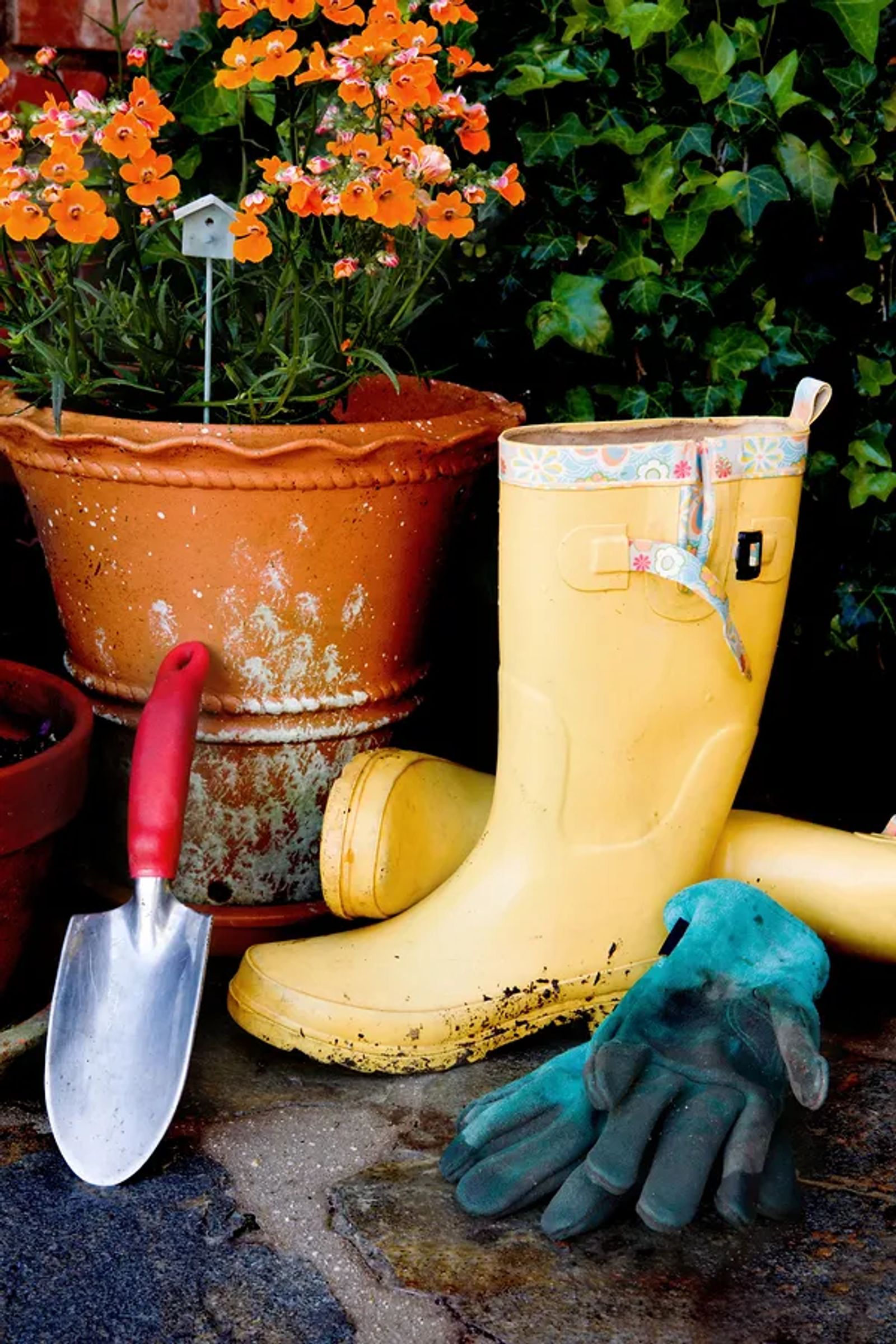
Kitchen Garden Primer: Location, Location, Location
 Location, location, location! Whether you are looking to sell or buy a home or are searching for just the right spot to grow a kitchen garden for your family, location matters!
Location, location, location! Whether you are looking to sell or buy a home or are searching for just the right spot to grow a kitchen garden for your family, location matters!
It can be completely overwhelming to consider putting in a garden. For those who did not grow up with a garden in the yard or community, the mere word “garden” implies unpleasant things… like the “Three W’s”. Work. Weeds. Watering (endlessly). And then you end up with 900 pounds of zucchini and a family refusing to eat anything that still looks alive. Take heart, intrepid gardener! There are ways to avoid all the hard work, prevent the majority of the weeds, and greatly limit the watering. Gardens can be your place to relax with a glass of iced tea and a good book, while around you life grows and hums! And there are lots tastier things to grow than baseball-bat zucchini.
So let’s consider the “Four S’s” instead: size, sun, slope, and soil.
Size: a good size to start a kitchen garden (one featuring a reasonable amount of vegetables, along with a few culinary herbs and some flowers) is 4’ x 8’. This size is not too deep to reach into even if it is inaccessible from the (long) back, for example if it is located up against a fence or building. You can still get your nifty new gardeners gloves dirty in that area and grow an impressive array of produce, and yet it will not take too big of a chunk from your yard. Those dimensions are also simple to enclose with standard-size landscaping timbers if you so choose.
Sun: for most garden plants, you want to find a potential garden spot that receives 6-8 hours of sun a day. Don’t forget that during the summer, the sun pops up before 5AM here in Billings (could anyone forget that?) and hangs out until well past 9PM… finding a nice sunny spot shouldn’t be too difficult. However, if you are blessed with an abundance of large, shade-providing trees, you can still consider several varieties of shade-loving crops, so lack of endless sun doesn’t need to deter you from gardening at all. We will go into shade-loving varieties on another post.
Slope: this is a fairly obvious one. Water drains downhill. A small degree of slope is perfectly fine, but you want to make sure that you aren’t bogging down the far end of your garden while maintaining dry conditions at the top. One of the best methods of gardening in urban environments is in raised beds, and this allows us to correct some of the slope/drainage problems that can arise.
Soil: Soil is a lot more than dirt. It is actually a living organism comprised of organic matter, small bits of ground up rock, minerals, microbes, tiny organisms, and even air itself. You hear terms like “sand, loam and clay” being applied to garden soil, but truly healthy soil, as you would find in undisturbed places in nature, tends to be far more organic matter (decomposing bits of plants, leaves, sticks, etc.) and less the harder structure. With a raised bed garden, you will be bringing in your soil (be that in the form of prepared garden soil from a reputable local company, or layered organic matter), so the existing soil is less important. However, tests can be done either with a home test kit, or by sending off soil samples to the Agriculture Extension office, to test the basic pH level of your soil, and amendments can be made if necessary. Personally, I have found that the generous application of organic materials in the form of compost and mulch covering the existing soil tends to gently repair any deficiencies over time.
Next in the series: Bed Preparation… the Easy Way!
